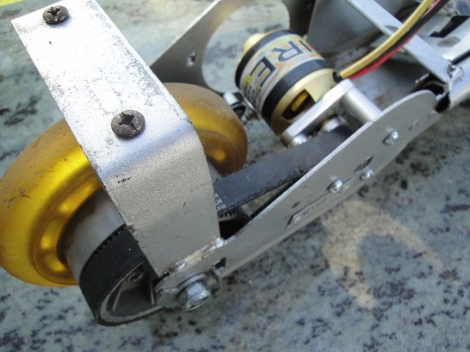
[Rafael] tipped us off about a “case mod” he completed for his PC. The email he sent provides no details and the link just shows five pictures of his computer in a “dead file” container (we’re guessing he doesn’t want to be an Internet sensation). What we get out of this is that he took a corrugated plastic box meant to house old files on shelves, and thew a set of computer parts inside of it.
This would be a great hack if [MacGyver] needed a computer to defuse a ticking bomb while trapped inside of a room built completely out of metal. The plastic provides protection from shorting out the motherboard but, other than low cost, that’s the only upside of this hack.
The downside here is obvious, there’s no protection from physical damage. In fact, a good bump might flex the box enough to slam the motherboard into the PSU housing. And what’s with the external WiFi fob? We could understand the point of this a bit better if it could blend in with a rack of archived files in the back room.
We give this one an ‘A’ for creativity, a ‘B-‘ for execution, and an ‘F’ for longevity. This should have been built in an acrylic case sized to fit perfectly in the yellow plastic box. But what does your unorthodox PC case look like? Let us know by sending in a tip.















